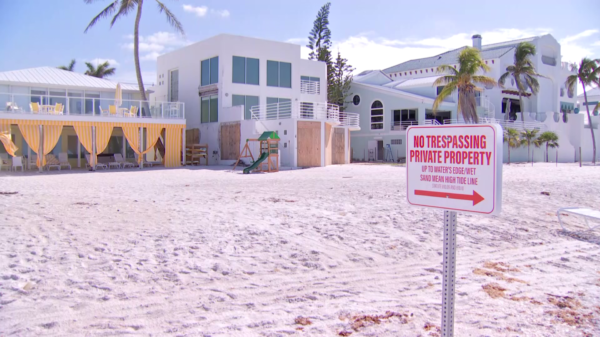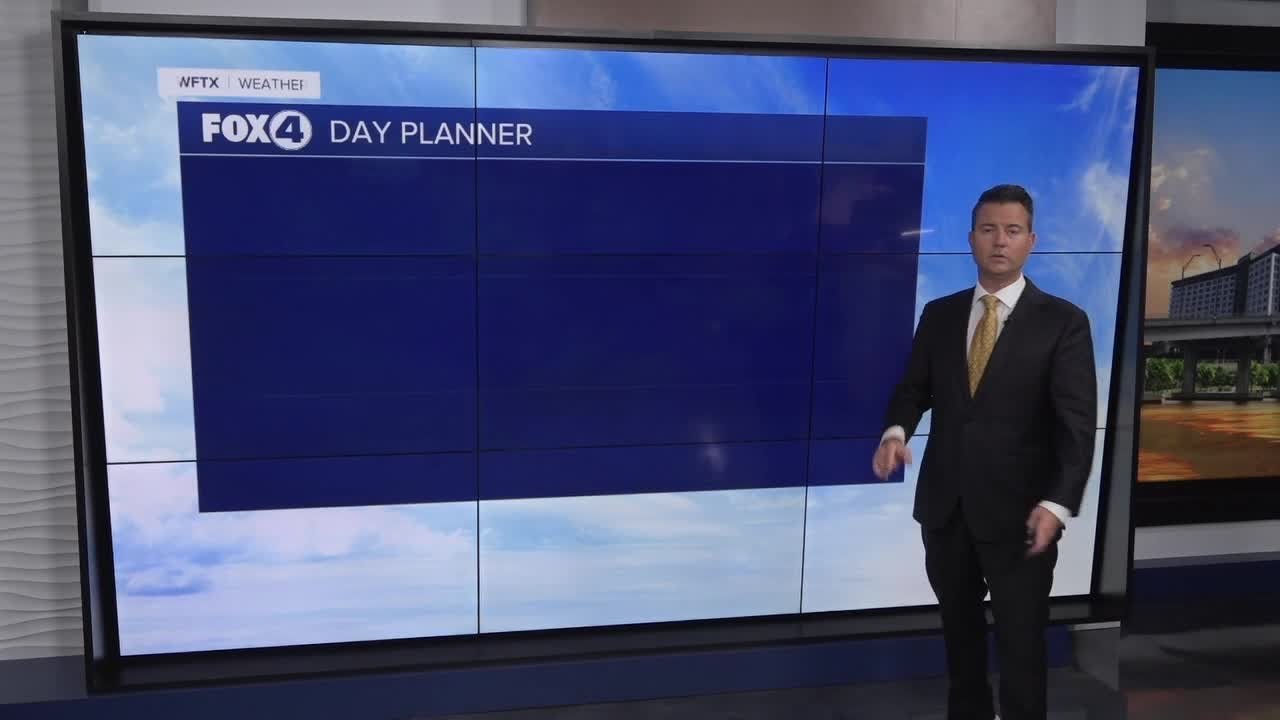Inland showers and storms are a common occurrence in some parts of the world, but many people don’t fully understand the mechanics behind them and why they happen where they do. This article will explore the factors that contribute to the development of inland showers and storms, such as atmospheric instability, moisture availability, and local topography. By gaining a better understanding of these phenomena, readers can gain insight into the sometimes unpredictable behavior of weather patterns in their own region.
Introduction
Inland showers and storms are a common occurrence in many parts of the world. They are also known as convectional rainfall and are formed as a result of atmospheric convection. Convectional rainfall occurs when the air rises from the earth’s surface and cools down, causing water vapor to condense and fall in the form of raindrops. In this article, we will explore inland showers and storms and their impact on the environment.
What Causes Inland Showers and Storms?
Inland showers and storms are primarily caused by the heating of the earth’s surface by the sun. During the day, the sun heats the earth’s surface, causing the air to warm up and rise. As the warm air rises, it cools down, and water vapor in the air condenses to form clouds. If the clouds become large enough, they will form into a cumulonimbus cloud, which can cause heavy rainfall.
Another cause of inland showers and storms is the presence of a low-pressure system, which creates unstable atmospheric conditions. The low-pressure system causes air to rise and condense to form clouds, which can lead to rainfall.
Impact of Inland Showers and Storms on the Environment
Inland showers and storms have both positive and negative effects on the environment. One of the positive impacts is that they help to replenish groundwater reserves and freshwater bodies. When rain falls on the ground, it seeps into the soil and replenishes groundwater reserves. This water is then used by plants, animals, and humans. In addition, inland showers and storms help to flush pollutants from the atmosphere, thereby reducing air pollution.
However, inland showers and storms also have negative impacts on the environment. Heavy rainfall can cause flash floods, which can lead to loss of life, property damage, and destruction of crops. In addition, inland showers and storms can lead to soil erosion, which can wash away valuable topsoil from agricultural land. This can lead to reduced crop yields and nutrient depletion, which can have long-term impacts on the environment.
Ways to Mitigate the Impact of Inland Showers and Storms
There are several ways to mitigate the impact of inland showers and storms on the environment. One of the most effective ways is to implement sustainable land use practices. This includes techniques such as terracing, contour plowing, and agroforestry, which help to reduce soil erosion and retain water on the land. These practices also help to improve soil fertility, reduce the use of synthetic fertilizers and pesticides, and promote biodiversity.
Another way to mitigate the impact of inland showers and storms is to implement effective stormwater management practices. This includes techniques such as rain gardens, bioswales, and permeable pavements, which help to manage stormwater runoff and reduce the risk of flooding. Effective stormwater management also helps to reduce water pollution by filtering out pollutants from stormwater before it enters rivers and other water bodies.
Conclusion
Inland showers and storms are a natural phenomenon that can have both positive and negative impacts on the environment. While they help to replenish water resources and flush pollutants from the atmosphere, they can also cause flash floods, soil erosion, and crop damage. Fortunately, there are several ways to mitigate the impact of inland showers and storms, including sustainable land use practices and effective stormwater management techniques. By implementing these practices, we can reduce the negative impacts of inland showers and storms and promote a sustainable and healthy environment.




































